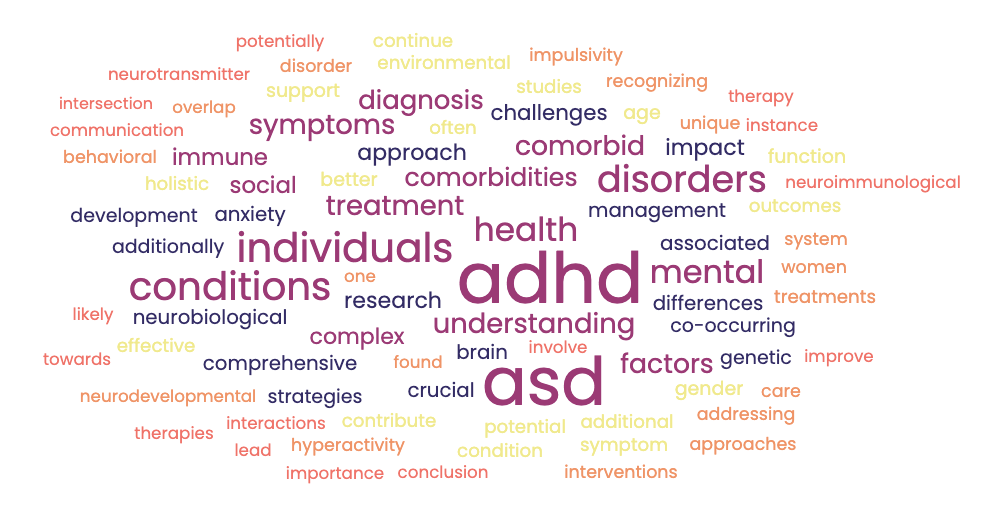I was re-reading one of my all-time favorite books, Radical Acceptance by Tara Brach. In it, she shares an observation from a student of hers that he has been “skimming through the surface of life in a race to the finish line – death.” This prompted me to examine my own relationship to rushing. My days are chock-full of goals to accomplish and items to check off my list. Just the other day, I embarked on a walk with my two-year-old son. After several stops to examine rocks, bugs, trees and flowers I found myself growing impatient with the “lollygagging.” I began hurrying him along saying, “Bye-bye flowers.” Then it hit me, here I am with my precious son and his innocent beginner’s mind that is ready to discover new things. Instead of relishing the opportunity to stop and smell the flowers, my mind was on to planning dinner, doing dishes and getting ready for bedtime. Over the next few days, I continued to meditate on rushing, noting when and where it was happening and trying to slow down and savor when possible.
Stress is so ubiquitous in our culture and is characterized by lengthy “to-do” lists, tight schedules, fighting through traffic and never feeling like you’re doing enough. We know that stress is linked to innumerable medical and mental health conditions. It may increase the risk of high blood pressure and heart disease and possibly even certain forms of cancer. From a psychological perspective, rushing can cause feelings of anger, depression, bitterness, resentment and relationship problems. Sadly, rushing can cause a disconnect from the things in life that bring us the most joy and vitality.
It is likely that our continuous busyness builds a habit of rushing that we are practicing without even being aware of it. By becoming more aware of our tendency to rush, we can begin to reduce our levels of stress on a daily basis and arrive more fully in our lives in the present moment. Below, I will present some internal and external practices that can help make our relationships with time more healthy.
Internal Relationship to Time
1. Body Awareness: Tune in to your body and notice how it feels when you are rushing. Do you find your face tense, your shoulders raised and your arms and legs coursing with tense energy?
2. Awareness of thoughts: Become aware of the stories that are occurring. Identify and label planning and judging and try to let thoughts go.
3. Conscious slowing down: Try to consciously slow down. Build three in and out breaths into transitions between activities. It can also be helpful to try three breaths when you notice sensations or thoughts related to rushing
4. Surrender: When you find yourself in a situation in which you are going to be late or something unexpected has arrived to throw off your schedule, surrender. These moments can be seen as little gifts that remind us we are not in control of the world but can bring kind presence to the now.
5. Meditation reminders: Set an alarm on your phone or watch to remind yourself to do a brief meditation. Try the Three Minute Breathing Space meditation below or any others you find help you arrive in the present moment.
Three-minute Breathing Space meditation
Step 1: Becoming aware
Deliberately adopt an erect and dignified posture, whether sitting or standing. If possible, close your eyes. Then, bring your awareness to your inner experience and acknowledge it, asking: what is my experience right now? What thoughts are going through the mind? As best you can, acknowledge thoughts as mental events.What feelings are here? Turn towards any sense of discomfort or unpleasant feelings, acknowledging them without trying to make them different from how you find them. What body sensations are here right now? Perhaps quickly scan the body to pick up any sensations of tightness or bracing, acknowledging the sensations, but, once again, not trying to change them in any way.
Step 2: Gathering and focusing attention
Now, redirecting the attention to a narrow ‘spotlight’ on the physical sensations of the breath, move in close to the physical sensations of the breath in the abdomen . . . expanding as the breath comes in . . . and falling back as the breath goes out. Follow the breath all the way in and all the way out. Use each breath as an opportunity to anchor yourself into the present. And if the mind wanders, gently escort the attention back to the breath.
Step 3: Expanding attention
Now, expand the field of awareness around the breathing so that it includes a sense of the body as a whole, your posture and facial expression, as if the whole body was breathing. If you become aware of any sensations of discomfort, tension, feel free to bring your focus of attention right in to the intensity by imagining that the breath could move into and around the sensations. In this, you are helping to explore the sensations, befriending them, rather than trying to change them in any way. If they stop pulling for your attention, return to sitting, aware of the whole body, moment by moment.
External Relationship to Time
1. Plan ahead: Regularly schedule specific time to conduct daily and weekly maintenance tasks such as filling the gas tank and preparing your lunch. Get up early enough each morning to allow time to eat breakfast and get ready for your day. Often, this can include a mindfulness practice, which can simply mean paying attention to the experience of completing an activity of the day.
2. Prepare: Take time to get your clothing and items you need ready for the following day. Allocate some time in the evening to make a list for the next day.
3. Build breaks into your schedule: Get a daily planner and/or use your smart phone to clearly lay out a schedule. Be sure to give yourself at least 10 minutes between appointments/activities to gather yourself and transition.
Bringing more mindfulness to our relationship with time is a powerful way to reduce our overall stress level and increase a sense of presence and wellbeing in our daily lives.








